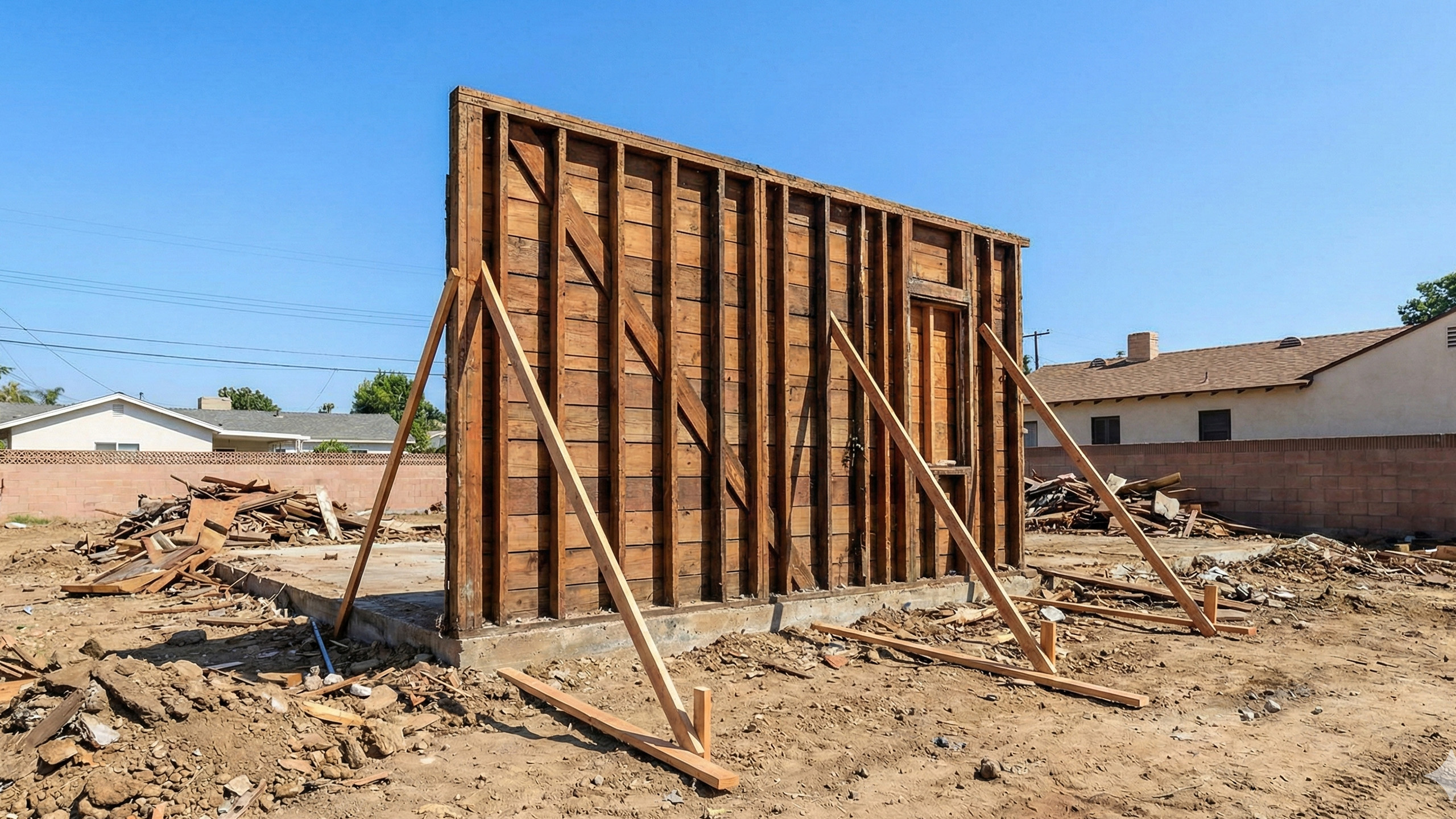In a tech-savvy world where technology permeates every aspect of your life, you may wonder: "How intelligent should my home be?" It's not a straightforward question. As you introduce more tech into your living spaces, you'll encounter various challenges. How can you ensure device harmony? How do you strike a balance between convenience and privacy? These issues highlight the complexities of smart home living.
This article aims to guide you through the realm of smart home tech by exploring its diverse options and discussing the trade-offs between convenience and privacy. Let's explore some important factors to think about before you dive head first into the home automation trend.
Understanding Smart Homes
To begin, let's go over the concept of residing in a smart home. Fundamentally, a smart home constitutes an integrated network of devices that offer remote or automated control. These devices encompass a variety, spanning from thermostats and lighting fixtures to security cameras and kitchen appliances.
A smart home is designed to simplify your life and enhance security. The core of this concept is home automation, functioning as the control center of your smart home. Here are the key components:
Smart Devices
These are everyday items like thermostats, lights, security cameras, and locks that can connect to the internet and be controlled remotely.
Hubs
Hubs like Aeotec Smart Home Hub, SimpliSafe Home Security System, or Amazon Echo serve as the central point of communication for your smart devices.
Connected Applications
Smartphone apps allow you to monitor and control your devices from anywhere with an internet connection.
The smooth coordination among these parts lets you automate tasks and keep an eye on your home's safety. For example, you can program your thermostat to adjust the temperature based on your daily routine or check security camera footage while you're on vacation.

Utilizing common standards in technology aids in ensuring seamless compatibility between devices from different brands. However, it is important to acknowledge that while most devices can work together harmoniously, some may face compatibility issues, particularly within a smart home configuration.
Striking the Right Balance: How Smart Should Your Home Be?
The search for the perfect smart home is like finding the perfect temperature—it's different for everyone. There are different levels of smart homes, each offering a different mix of features and complexity to suit different needs and preferences. Here are the main levels:
Basic
This is where simplicity meets convenience. At this level, you can do things like adjust your thermostat or turn off lights using your smartphone. Some examples of devices at this level include standalone smart thermostats and light bulbs that make your life more comfortable.
Mid-Range
This level focuses on enhancing security and entertainment. Devices like smart speakers, cameras, door locks, and maybe a central hub like Amazon Echo or Google Assistant fall into this category. These devices give you more control over different parts of your home.
Advanced
At this level, integration between devices becomes more important. You might have smart appliances, irrigation controls, and advanced security systems that can all communicate with each other. This creates a more seamless experience throughout your home.
Fully Automated
This is the highest level of smart homes, where everything in your home works together without you having to do anything. You get real-time monitoring and adjustments without lifting a finger. It's not just about controlling your environment but having it adapt to you!
Choosing the right level depends on your own situation, including how much convenience you want versus how much control you want to have. Next, we will explore key considerations to help you determine the ideal level that aligns with your lifestyle, ensuring your smart home setup brings long-term satisfaction and matches your preferences.

Factors to Consider for Your Smart Home Journey
Embarking on the journey to create a smart home tailored to personal needs involves careful consideration of several pivotal factors. These considerations are not just about the frills of technology, but about aligning with daily life and long-term expectations.
Time Spent at Home
The hours you find yourself within the walls of your home greatly impact the kind of smart technology investment that makes sense. Frequent travelers might prioritize security and remote monitoring systems, while those working from home may benefit more from smart environmental controls and ergonomic lighting.
Ease of Use
The sophistication of a smart home should never come at the cost of user-friendliness. Devices and systems should enhance life rather than complicate it. For those who are not tech-savvy, selecting intuitive interfaces and straightforward control options is key.
Future-Proofing
Investing in technology that can adapt and update as new advancements emerge ensures longevity and relevance. Considering how the system can evolve over time will protect you against obsolescence and support continuous enhancements in smart home capabilities.
Security Vulnerabilities
With the rise of convenience, the threat of cyber attacks also escalates. It's vital to evaluate the security aspects of smart devices, such as encryption protocols and consistent software patches. Ensuring strong cybersecurity practices is a must to protect your sensitive data.

Maintaining Privacy in an Intelligent Home
The appeal of smart homes often hinges on the extraordinary level of convenience they provide. Yet, this convenience must be balanced against the potential erosion of privacy. Convenience vs privacy in smart homes is a significant consideration; as devices collect and process personal data, they can become gateways to privacy breaches.
To navigate this delicate balance, consider the following measures:
Understand Data Collection
Read the privacy policies of smart devices before purchasing. Know what data is collected and how it's used.
Strong Network Security
Ensure Wi-Fi networks are secure with robust passwords and up-to-date encryption protocols to prevent unauthorized access.
Regular Software Updates
Manufacturers often release software updates that patch security vulnerabilities. Enable automatic updates for all smart home devices.
Minimize Data Sharing
Use minimal privileges when configuring devices. If a device does not require access to certain personal information for its primary function, do not grant it.
Physical Controls
Incorporate physical switches that can disconnect smart devices from the network, providing an additional layer of security when needed.
By actively managing these aspects, you can enjoy the perks of a smart home without compromising your personal space. It's all about creating an environment where technology works for you, safeguarding your data with as much diligence as it provides convenience.
As intelligent homes continue to evolve, so too will the dialogue around protecting homeowner interests, particularly regarding cost considerations—another critical aspect of bringing smart technology into your living space.
The Cost of Living in a Smart Home
Entering the world of smart homes involves understanding the financial aspects involved. It's not just about buying a device and setting it up. The cost of owning a smart home includes both the initial investment and ongoing maintenance expenses.
Understanding the Initial Investment
The initial investment refers to the amount you'll spend on purchasing and setting up smart devices. This cost can vary depending on various factors such as:
- The level of smart technology you want to incorporate
- The brands and types of devices you choose
- Whether you need professional help to install more complex systems
For instance, establishing a simple smart home with a handful of clever features, like lightbulbs and a thermostat could be quite cost-effective. However, turning your house into a fully automated home could require a significant investment, especially if you go for high-end devices or advanced security systems.
Considering Ongoing Maintenance Costs
Apart from the initial investment, don’t forget to consider the ongoing costs associated with owning smart home devices. These include:
- Regular updates to keep up with new technology
- Replacing devices when they become outdated or stop working
- Implementing additional security measures to protect against online threats
It's also worth noting that some smart appliances may consume more energy, leading to higher monthly utility bills. Additionally, having multiple devices connected to your internet network could result in an increased internet package cost.
Finding the Right Balance for Your Budget
Ultimately, deciding how much "smartness" your home needs depends on your budget and which features are most important to you. It's essential to prioritize functionalities that genuinely enhance your lifestyle rather than investing in gadgets just for the sake of it.
By carefully considering your needs and financial capabilities, you can create a smart home that aligns perfectly with your requirements without breaking the bank.
Contributing to a Sustainable Future with Smart Technology
Smart technology is not only about enhancing the convenience of daily living; it also plays a critical role in promoting sustainability. Homes equipped with intelligent systems are at the forefront of energy conservation, significantly reducing energy consumption through precision and efficiency.
How Smart Technology Promotes Sustainability
Here are some ways in which smart technology promotes sustainability in homes:
Optimizing Energy Use: Smart thermostats learn your schedule and preferences, adjusting heating and cooling for optimal comfort and minimal waste.
Intelligent Lighting: Automated lighting systems ensure lights are only on when needed, thanks to motion sensors and scheduling capabilities.
Resource Management: Devices like smart irrigation systems manage water usage effectively, providing gardens with exactly what they need without excess.
By integrating these technologies, homeowners actively contribute to a reduced carbon footprint. The sustainability benefits extend beyond individual households as aggregated energy consumption reduction across multiple homes can have a substantial impact on the broader environment.

Looking Ahead: Future Trends in Home Automation
The Rise of Artificial Intelligence (AI) Integration
Consider artificial intelligence (AI), which is no longer just a futuristic concept. AI integration in smart homes is becoming more commonplace, transforming how homes function and interact with users.
For instance, AI can quickly learn your daily routines and preferences, adjusting home settings like lighting or temperature to suit your needs throughout the day - all without any manual intervention.
The Power of Voice Control
Technological innovation doesn't stop there. Voice control is another exciting trend, extending beyond basic commands to control lights or music.
Domestic Artificial Intelligence
It was just announced that OpenAI is partnering with humanoid robotic maker Figure, making AI home helpers possible in the (somewhat) near future.
The future holds potential for voice recognition technologies that can identify individual household members, providing personalized experiences for each person, and robots that can take over tasks that humans don’t want to do.
The Promise of Interconnected Smart Ecosystems
A fascinating development on the horizon is the rise of interconnected smart ecosystems, envisioning a world where all your smart devices seamlessly communicate, forging a truly unified environment. Picture your refrigerator alerting your grocery app when milk is running low; your security system triggering lights and sounding an alarm at the hint of unusual activity. These advancements transcend mere conveniences; they signify a shift towards homes that are not just 'smart', but intelligent and proactive in their interactions with you.
As technology continues to evolve, the concept of what makes a home 'smart' will undoubtedly continue to change too.
Conclusion
Creating a smart home isn't the same for everyone. Selecting the right level of smart technology for your home is a deeply personal exercise in decision-making. It requires a deep understanding of your own needs and priorities, making sure that every technological addition fits with your unique lifestyle. It's a journey guided by personal preferences, practicality, and a forward-thinking mindset.
When you're all set to dive in and create the smart home you've always wanted, be sure to contact Letter Four. We'll be here to help you every step of the way!






.svg)























.png)